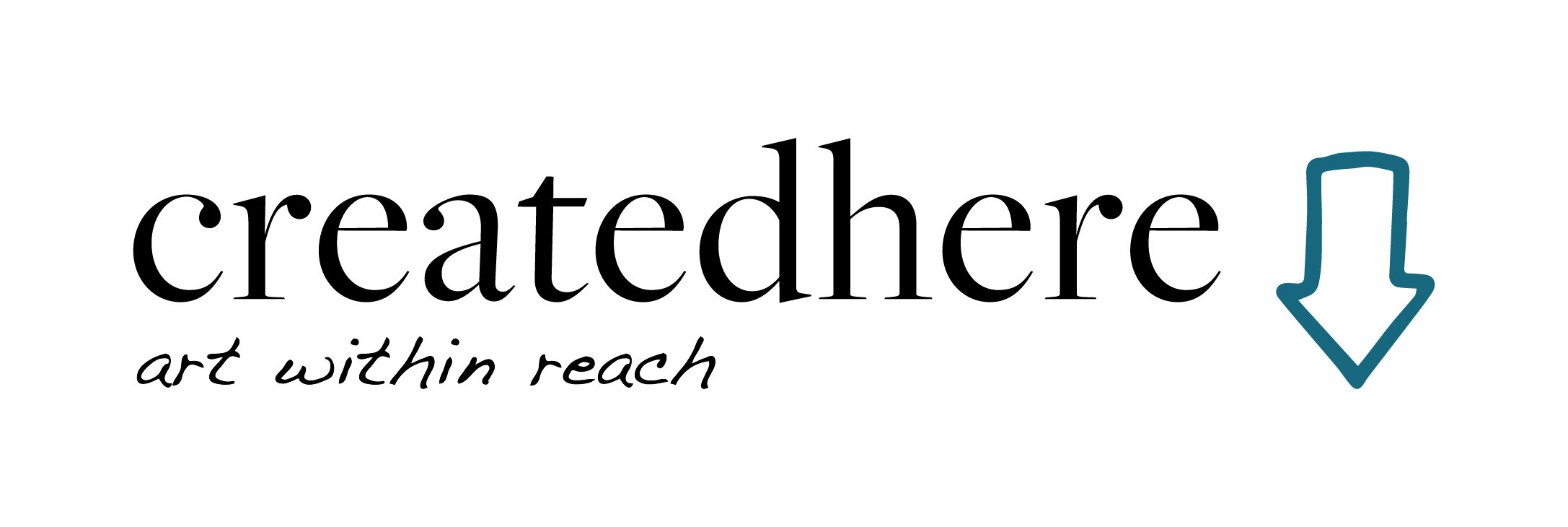Challenging the Mainstream: Jan Martin’s journey in gender and abstract art
Jan Martin
Jan Martin knows it sounds absurd, but it's true - they do paint their abstract portraits using only downstrokes.
“I’ve gotten pretty good at it,” said Jan.
Jan is a Mi'kmaw non-binary painter and abstract artist from Listuguj Mi'gmaq First Nation. Jan, who started out as a photographer, mixes their love of painting with their photography background - digitizing and melding together real-life paintings with a photograph, and then digitally painting over top of them again using only downstrokes.
“I have an authority issue I guess. I really like to learn about how people do art, and then I’m like, ‘Well don't tell me what to do, I'm going to just figure something out on my own.’ I'll draw inspiration from the way things are usually done, but I don't know, I just like to mess around.”
Jan says they like to constrain themself with unnecessary challenges, hence the strictness of the downstrokes. They find it easier to have their tablet stationary so they’re able to move their hand in one smooth motion. If their lines get wobbly, they start to feel anxious, part of their challenges with Obsessive Compulsive Disorder and Attention Deficit Hyperactivity Disorder. This downstroke process prevents that from happening.
Jan Martin
The Abstract Moment
Jan originally thought they were going to focus on animation when they attended the Alberta College of Art and Design (now called Alberta University of the Arts - AUA), but then they fell in love with abstract art.
“I pretty much dropped animation altogether and became an abstract painter.”
Jan Martin
They remember the moment that abstract art caught their attention. At AUA, one of their favourite teachers took their class to the Glenbow Museum. They didn’t even like abstract art at the time, until they walked past a Mark Rothko painting.
“I just stood there for probably 45 minutes staring at it and started crying a little bit...It really made me think about why I didn't like that kind of art, and I thought, ‘Maybe it’s based in fear.’ Because I always felt like I didn’t understand what these paintings are about, and that makes me feel ignorant or out of the loop.”
They don’t remember what the painting was called, but remember that it was a square, above a bar, on another colour.
“It was almost a transcendental moment for me and everything changed. I realized that I had held all these prejudices for no real good reason. And then, the more I learned about abstract art, I was like, ‘Geez, you can just say anything’... it opened my understanding of what art really is.”
Jan Martin
Challenging Gender
After returning to New Brunswick in late 2015, Jan has been on a path of self-discovery. They came to realize their sexuality and gender identity quite late in life and say a big part of what’s taken them so long “has been the built in systemic patriarchal garbage that is baked into assigned male at birth people.”
After suggesting others should examine their own gender identity, they realized they should take their own advice. When they thought critically about it, they realized they were non-binary.
“As I remove the gross parts of masculinity, like misogyny and stuff like that, out of me, I want to get more in touch with my feminine side. And I guess maybe not be accepted by my peers, but at least be acknowledged that that's what I am.”
Jan Martin
Jan is also in the process of reclaiming their cultural background. They experiment with illustrating geometric art, a lot like petroglyphs, drawing inspiration from their own Mi’kmaq culture. In their search for more knowledge of their heritage, they discovered that a lot of the information they’d hoped to find has been “lost through the years of colonialism,” they said. Something they’re still looking for is a Mi’kmaw word for two-spirited - but until then, Jan continues to identify as non-binary.
Jan’s gender realization occurred in a similar fashion to their discovered love for abstract art: in both circumstances, they made themself question why they hadn’t thought that way in the first place.
Jerry-Faye Flatt is a musician, teacher and freelance journalist. She’s a 2020 St. Thomas University grad with a double major in journalism and communications. Jerry-Faye loves playing in bands, going to music festivals, and driving around in her red 1981 Ford Econoline van.
Got a story to tell? Contact: flatt.jerryfaye@gmail.com.






